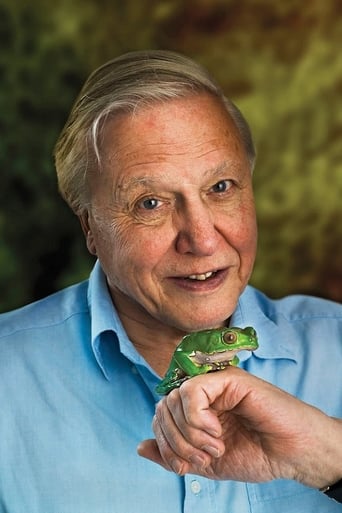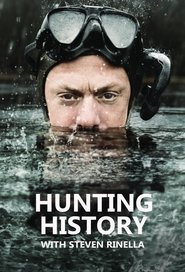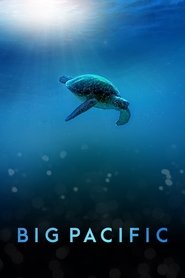

Trials of Life - Season 1 Episode 10 Talking to Strangers
Season - Episode
-
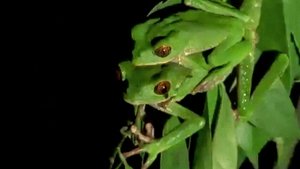 1 - 1Arriving Oct 04, 1990
1 - 1Arriving Oct 04, 1990 -
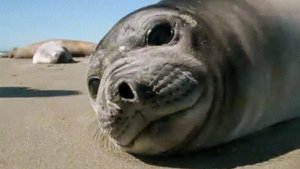 1 - 2Growing Up Oct 11, 1990
1 - 2Growing Up Oct 11, 1990 -
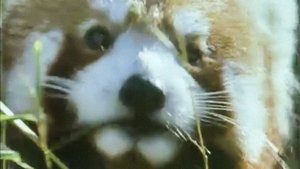 1 - 3Finding Food Oct 18, 1990
1 - 3Finding Food Oct 18, 1990 -
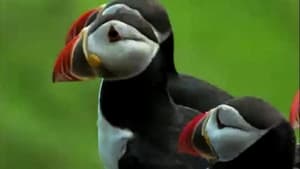 1 - 4Hunting and Escaping Oct 25, 1990
1 - 4Hunting and Escaping Oct 25, 1990 -
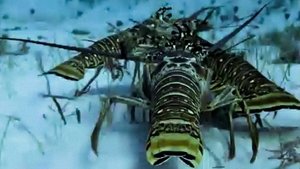 1 - 5Finding the Way Nov 01, 1990
1 - 5Finding the Way Nov 01, 1990 -
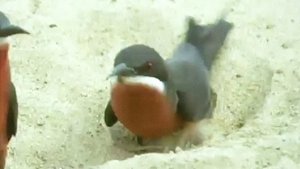 1 - 6Home Making Nov 08, 1990
1 - 6Home Making Nov 08, 1990 -
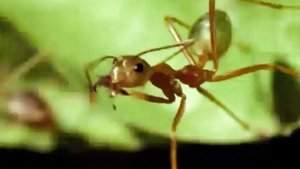 1 - 7Living Together Nov 15, 1990
1 - 7Living Together Nov 15, 1990 -
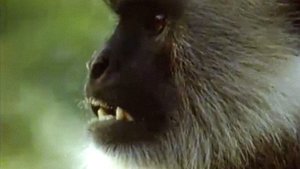 1 - 8Fighting Nov 22, 1990
1 - 8Fighting Nov 22, 1990 -
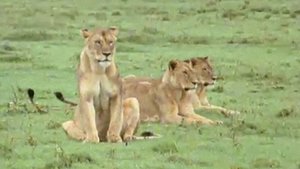 1 - 9Friends and Rivals Nov 29, 1990
1 - 9Friends and Rivals Nov 29, 1990 -
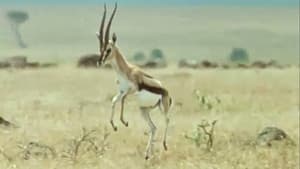 1 - 10Talking to Strangers Dec 06, 1990
1 - 10Talking to Strangers Dec 06, 1990 -
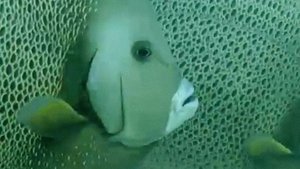 1 - 11Courting Dec 13, 1990
1 - 11Courting Dec 13, 1990 -
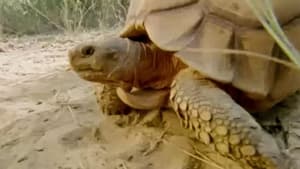 1 - 12Continuing the Line Dec 20, 1990
1 - 12Continuing the Line Dec 20, 1990
-
 0 - 1The Making Of The Trials Of Life Jan 01, 1970
0 - 1The Making Of The Trials Of Life Jan 01, 1970
Overview
This episode concentrates on communication. In Kenya, Attenborough accompanies a tribesman who calls to a honeyguide, which in turn answers him and leads the pair to a bees' nest. The tribesman extracts the honey, and some is left to reward the bird. African hunting dogs are shown hunting gazelles, of which the target is the individual that leaps lowest. Larks evade merlin by sending a similar message: by continuing to sing while being chased, it tells the pursuer that its prey is fit and therefore will be difficult to catch. (In 80% of cases this turns out to be true.) Vervet monkeys' cries are among the most complex. Their utterances are effectively words: a vocabulary that defines each of their predators, so an alarm call is specific to a particular threat. Some creatures transmit their presence by display, and Attenborough observes thousands of fireflies illuminating the darkness. Sounds travel further underwater, and over 200 species of fish use them to communicate. In turn, sea lions have become adept at sensing their proximity. However, the most visual aquatic animal is the squid, which uses colour change and posture to communicate. Finally, Attenborough swims with dolphins. They converse with a series of ultrasonic clicks, and each has a family call inherited from its mother: effectively a 'surname'. They also use normal sound, body posture and touch - in short, in terms of ability to communicate, they are man's closest rival.

